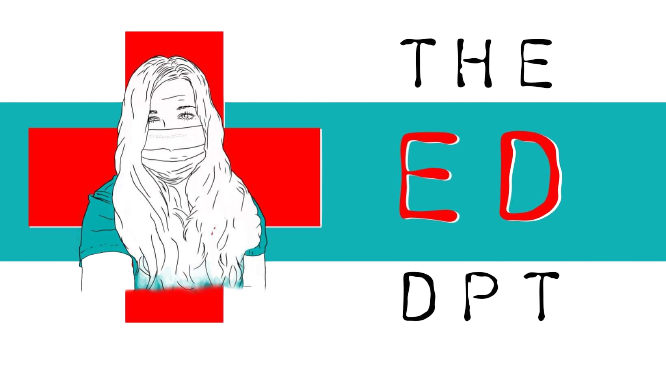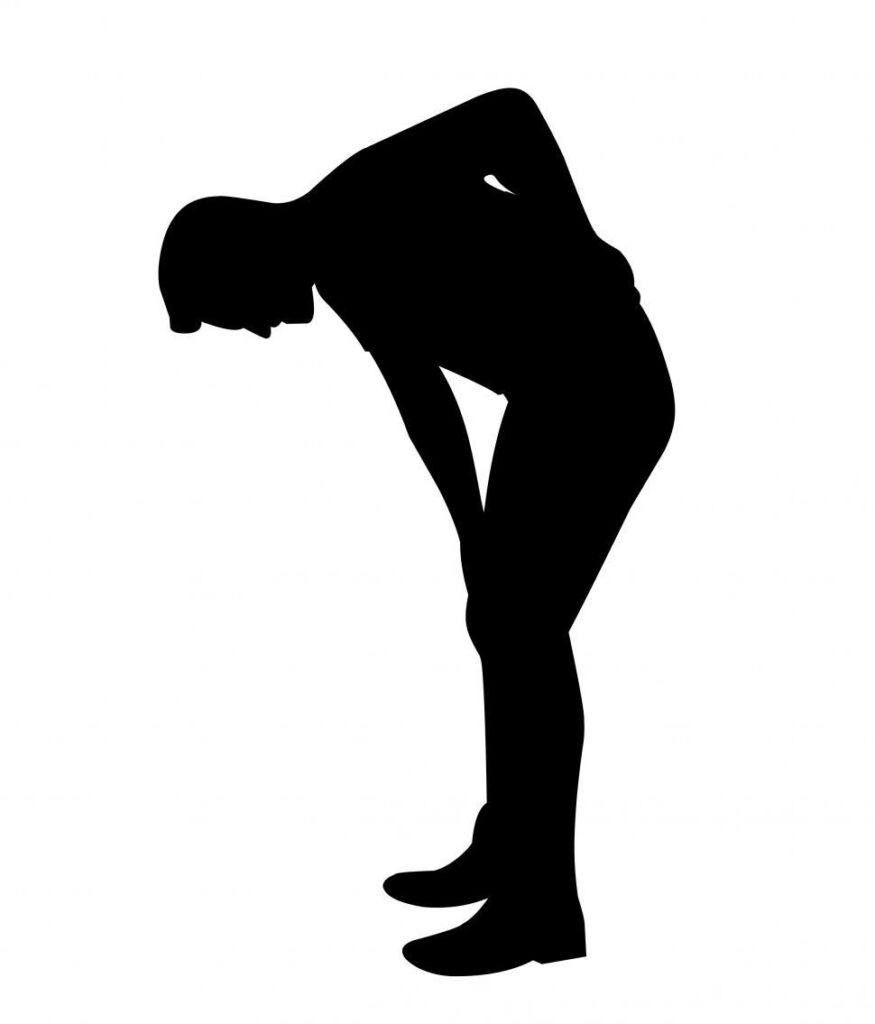Let’s talk about back pain in the Emergency Department
Imagine you are at work, you’ve just grabbed a 50 pound box to carry, but as you come up, you feel a pop in your back. Immediately you’re on your knees, overcome with pain. But, you have a job to do and people are watching. You gut it out, stand up, and try to keep going. You make it a few more feet, a few more minutes, a few more shaky breaths. The pain is too intense. You sink to your knees again but don’t get back up easily this time. The crew helps you into a truck and you make it to the Emergency Department.

Now what?
Standard of care in many EDs for LBP is symptom control with non-narcotic medication, possibly some plain films, and discharge. Now you’re home, still in pain, no idea what to do about it and fearful that you may never walk upright, go back to work, or provide for your family. So, just to be safe, you stay in bed and don’t move, and hope for the best. Ashbrook et al, in their systematic review state, “There is no consensus on the management of low back pain in the ED and evidence suggests that these patients are likely to receive unwarranted imaging and inappropriate opioid prescription.”1
Why is this a problem?
Consider solely that 2-3% of Emergency Department visits are related to low back pain.2 According to the CDC there are roughly ~130 million Emergency Department visits per year.3 If we assume 2% of those visits are related to back pain, that is 2.6 million encounters related to low back pain per year! That alone could keep thousands of PTs very busy even if some of these patients went on to have emergent spine conditions.
Additionally, when we consider data reported by Fritz et al, it’s important to remember that early PT intervention for patients with low back pain was associated with a decrease in advanced imaging, surgical procedures, injections, and opioid use.3 What might happen if we saw these patients not only early in their care, but immediately?
Let’s Rewind & Have a Do Over
You make it to the ED and are triaged to the Doctor of Physical Therapy in the ED. The PT immediately focuses on symptom control, ascertaining a position of comfort, and completes a comprehensive evaluation. The management of your case may not require any imaging or medication, however, it may. The PT finds the thing that gives you at least a moment of relief from this pain and then teaches you what to do to manage it at home. The PT educates you that low back pain is common, generally resolves, and that it is safe to move. They prepare you for what happens next.
You make it home, maybe not with complete symptom relief, but with an extensive plan on how to self-manage, expected healing, how to modify your activities to make them more tolerable, and with a referral to see someone who can continue to help you. You’re able to keep moving and keep living.

Which ED Would You Rather Visit?
This case is not just plausible but common and supported by the literature. PT in the ED can decrease throughput time, unnecessary imaging, and opioid use. In addition, as you might imagine from the case above, the patient leaves satisfied.1, 4-6 The management completed by the PT has also freed up the medical team to focus on cases requiring medical expertise, ensuring the right provider is seeing the right patient at the right time.
Just Back to Back, Back Pain?
Where I practice there are roughly 8 patients with a presenting complaint of back pain per shift! However, PT in the ED isn’t just about early intervention for back pain. These benefits of PT in the ED can be applied to so many diagnoses which we’ll continue to highlight here.
What questions do you have about PT management of low back pain in the ED?

Thank you for reading! Share your comments below and subscribe to our newsletter for more.
–Rebekah Griffith, the ED DPT
Learn More About Low Back Pain & Find a PT Near You!
https://www.choosept.com/health-centers/low-back-pain
https://www.choosept.com/health-tips/5-common-myths-low-back-pain
References
- Ashbrook J, Rodgdakis N, Goodwin P, et al43 Management of acute low back pain in the ED: a systematic reviewEmergency Medicine Journal 2017;34:A889.
- Megalla M, Ogedegbe C, Sanders AM, et al. Factors Associated With Repeat Emergency Department Visits for Low Back Pain. Cureus. 2022;14(2):e21906. Published 2022 Feb 4. doi:10.7759/cureus.21906
- https://www.cdc.gov/nchs/fastats/emergency-department.htm
- Fritz JM, Childs JD, Wainner RS, Flynn TW. Primary care referral of patients with low back pain to physical therapy: impact on future health care utilization and costs. Spine (Phila Pa 1976). 2012;37(25):2114-2121. doi:10.1097/BRS.0b013e31825d32f5
- Magel J, Kim J, Fritz JM, Freburger JK. Time Between an Emergency Department Visit and Initiation of Physical Therapist Intervention: Health Care Utilization and Costs. Phys Ther. Sep 28 2020;100(10):1782-1792. doi:10.1093/ptj/pzaa100
- Pugh A, Roper K, Magel J, et al. Dedicated emergency department physical therapy is associated with reduced imaging, opioid administration, and length of stay: A prospective observational study. PLoS One. 2020;15(4):e0231476. Published 2020 Apr 23. doi:10.1371/journal.pone.0231476
- Lau PM, Chow DH, Pope MH. Early physiotherapy intervention in an accident and emergency department reduces pain and improves satisfaction for patients with acute low back pain: a randomised trial. Aust J Physiother. 2008;54(4):243-249.

